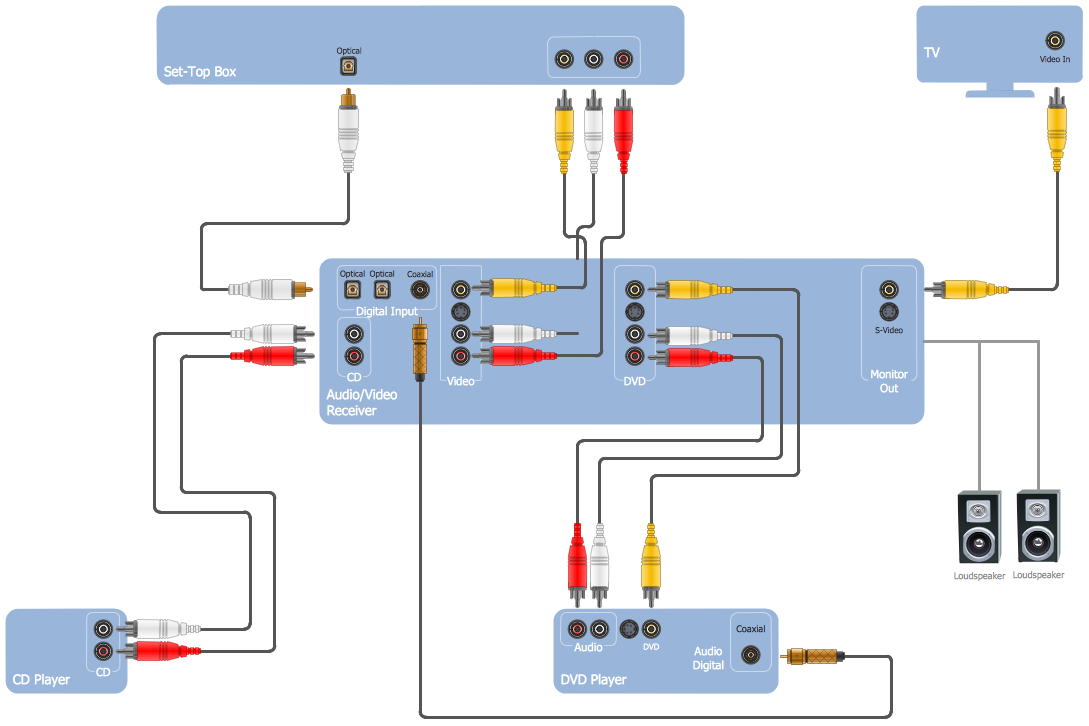Ideal Tactics for Positioning Surveillance CCTV to Enhance Surveillance Efficacy
Ideal Tactics for Positioning Surveillance CCTV to Enhance Surveillance Efficacy
Blog Article

Placing security cameras effectively efficiently is essential for enhancing monitoring in different environments, including residences, businesses, as well as community spaces. The main objective of surveillance cameras remains to deter criminal activity and offering evidence during instances of incidents. To attain this, it is important to consider various factors, such as camera location, field of view, as well as the specific zones that require oversight. By understanding these factors, individuals as well as organizations can develop a comprehensive monitoring strategy that optimizes the effectiveness of their surveillance systems.
One of the initial steps in placing security cameras involves to identify critical areas that require surveillance. High-risk zones, including entrances, exit points, parking areas, and locations with valuable assets, should be prioritized. It also important to take into account areas not visible, which may be locations that may not be seen from certain perspectives. By mapping out these key locations, surveillance personnel can guarantee that all corner remains observed, reducing the likelihood of criminal actions going unnoticed. Additionally, installing cameras at strategic locations can help create a comprehensive perspective of the property, allowing for improved overall security monitoring.
The field of a surveillance camera remains another important element to consider. Different types of surveillance systems offer different ranges of view, that can affect how much space is recorded in the video. For instance, broad-view systems can cover bigger areas, making them perfect for spacious areas, whereas pan-tilt-zoom cameras can be modified to focus on specific details. When placing surveillance systems, it is essential to choose the right type based on the location being observed. This ensures that the system can record clear footage and offer valuable data in case of an incident.
Height and angle of installation also play a significant part in the efficacy of surveillance systems. Surveillance systems should be mounted at a height that is out of grasp of possible interference but still allows for clear viewing of identifying features and other identifying features. A typical suggestion is to mount cameras at least eight to ten ft off the floor. Additionally, the angle at which the camera is set can affect its ability to capture important information. Surveillance site link systems must be angled to minimize glare and prevent blockages, ensuring that they can record sharp video at any times.
Finally, routine upkeep and improvements to the security camera is crucial for long-term effectiveness. This entails inspecting camera functionality, wiping optics, and ensuring that firmware remains current. Regular assessments of the monitoring plan can help identify any new areas not visible or locations that may require additional monitoring. By staying proactive and implementing required adjustments, individuals and organizations can improve their surveillance effectiveness and guarantee that their surveillance systems continue to fulfill their designated purpose.